Several years ago I asked a group of friends if they wanted to play a short campaign as goblin characters. It turned out to be one of the dumbest, most severely railroaded games I have ever run, but parts of it were also quite enjoyable. This was before I knew about Goblins Comic or had even read the goblin monster lore in Volo’s Guide to Monsters, but I had heard someone mention the Pathfinder module “We Be Goblins” and decided that paying as goblins sounded fun.
Did I acquire the module and use it as a guide? Of course not. Instead, I wrote a silly adventure in which the king of goblins is tired of goblins getting beaten up and pushed around by bigger creatures, and he sends out taskforces of goblins to make allies with their neighbors, the forest sprites.
Goblin Culture
The goblin kingdom had fairly straightforward rules:
- Dead person not need a sword
- Goblin King get all magic wands
- Do what hobgoblin and bugbear say
- Don’ kill younglings
The kingdom also had relationships with the neighboring peoples. Hobgoblins and bugbears were the goblins’ masters. With kobolds the goblins had a loose alliance, and their rivals were bullywugs and kenku. Their enemies included dryads, pixies, sprites, humans, elves, dwarves, etc. Local predators were ogres and owlbears, though frankly many creatures are large enough to eat a goblin if they can only catch them.
The goblins’ primary diet was wild boar, and it was from boar hide that their clothing was made. This was important to me. We are accustomed to fantasy art being so stylized that we forget to ask ourselves how creatures in such primitive societies would make all those cute little buttons on their doublets. If you are a goblin, you spend the bulk of your energy scavenging and killing. Period. It is up to each goblin to clean their own animal skin and make themselves a crude loincloth, and if they manage to kill something with armor that sort of fits them, it is valued for function over fashion.
In addition to the king, the goblins had a priestess who was highly feared for her magical powers. In my game she served Mwarg, which is the hobgoblin name for the evil goddess Takhisis of the Dragonlance setting.
Hit and Run Tactics
The campaign opened in a hot start, with a band of goblins sneaking up on human bandits who were waiting to ambush travelers on a road. The goblins’ directive was to get in, grab what they could, and get out. The tone of the encounter was established by this directive: the characters were focused on grabbing loot and avoiding injuries rather than defeating every last opponent. The intention was to emphasize how goblins are small and weak but wily, using their features to their advantage.
Another encounter that focused on goblin nimbleness was stumbling upon a heavily armed dwarf warrior napping against a tree, and at his feet was a pack that certainly contained wonderous and useful items. We did not actually run this encounter because it was one of many options on a random encounter table, and I consistently rolled less interesting scenarios (I no longer use random tables). But if we had played this encounter, I think it would have been fun for the goblins to sneak up, likely wake the dwarf, and escape in a pell-mell sprint.
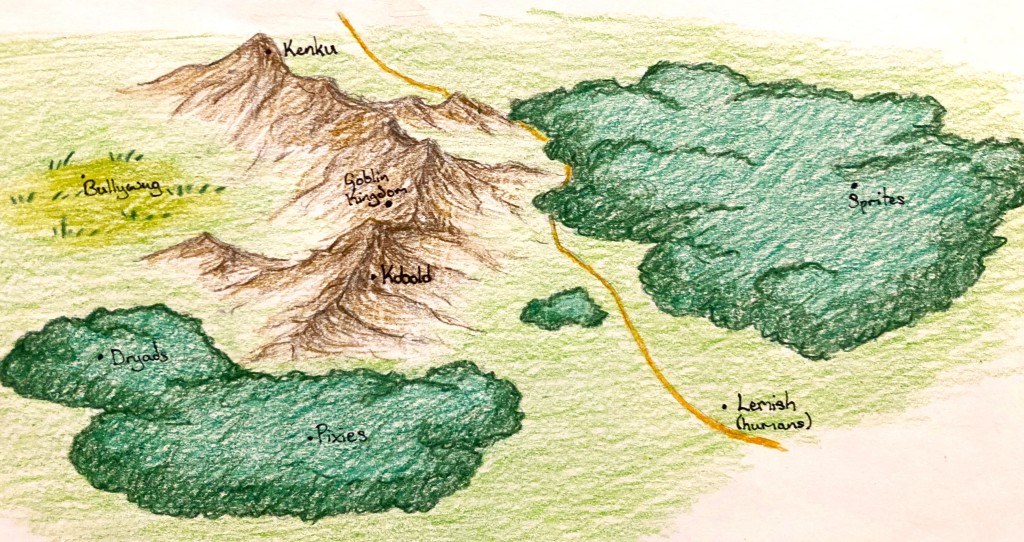
The Forest Sprites
The forest sprites came into play when the goblin king announced that he was tired of goblins being bossed around and killed by other creatures, and it was time to take their future into their own hands. From now on, if a goblin saw a hobgoblin or bugbear, they were to hide. Additionally, three special groups of goblins would go to their neighboring enemies of dryads, pixies, and sprites to form an alliance.
A glum captain informed the characters that they had been assigned to sprites. The captain gave the characters a Stone of Far Speech so he could communicate with them on their mission. And the nose-picking, thieving goblins dutifully went off to find the sprites.
In retrospect I think it was a mistake to make the sprite interaction the bulk of the adventure, because it was not terribly goblin-ish behavior. It did not help that I had pre-written how the action would unfold in the format of the Hero’s Journey; the result was that the players were without oars in the current of my plot, and their only choice was to wait until the boat ran aground and they could jump off.
Which they did, finally. More about that later.
I used a version of the Honor score from the Dungeon Master’s Guide (pg. 264) to represent the goblins’ reputation with the sprites. The reputation began at -2 and increased by 1 any time the characters successfully helped the sprites. The objective was to get the score to +2, at which point the sprite queen would be willing to sign the goblin treaty.
Most of the sprite tasks do not bear repeating. Two fetch quests stand out among their peers: the Peaches and the Spaceship.
We’ll Take You to the Queen…For a Peach
When the goblin characters initially approached the sprites, a group of mischievous sprites said they would introduce the characters to their queen if the characters collected peaches for them. The peach tree was near an abandoned farmhouse, which could have presented an opportunity to scavenge for loot but for some reason did not. When the characters approached the peach tree, they realized it was infested with a swarm of stirges and had to fight for their lives. Stirges are something of a challenge to level 1 goblins, and this time they did want to flee because they needed the peaches to unlock the next stage of their quest.
If You Don’t Die, You’ll Be Heroes
In one of the most contrived sprite favors, the sprite queen’s son became badly injured and lost a wing. The queen attempted to regrow the wing with a special magic wand made of smooth metal with flashing blue lights, lights that ultimately extinguished and did not reilluminate. The queen asked the characters to look for another healing wand in the same cave where the sprites had found this one, cautioning that something very deadly lived inside.
One of the sprites led the characters to a ravine with a small stream and an open cave mouth at the bottom. The characters climbed down, and upon entering the cave they saw a peculiar, wheelless carriage made of brushed metal that evidently plowed into the ground long ago. They began searching for another wand, and that is when the shadows attacked.
In my memory this was a very cool battle. Perhaps it was only because we were new to TTRPGs and had not met a monster like the shadows. Perhaps it was because I had underestimated how deadly these really were. Regardless, the goblin characters narrowly defeated the shadows and were able to safely explore the crashed spaceship and locate a second healing device.
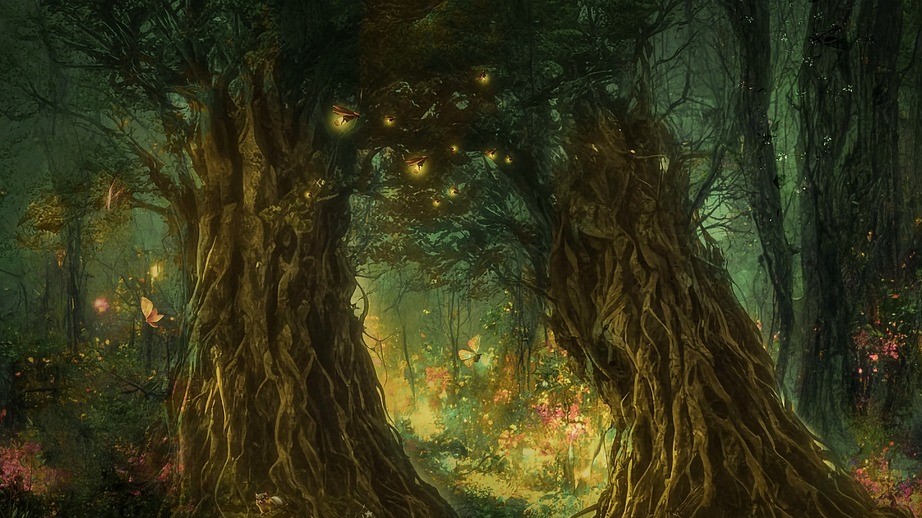
The First and Last Choice
Here is where I allowed the players their first real decision: what would they do with the magic wand? By goblin law all wands belonged to the king; the priestess of Mwarg had promised the characters power if they could get her the wand; and yet, they needed the wand to help the sprites and finalize the alliance.
What the players chose surprised me.
They took the wand back to the sprites and healed the prince, at which point the sprite queen offered to make the goblin characters part of her clan. One character accepted and was turned into a sprite (again, dumb and impossible, but this player seemed happy with the outcome). One grabbed the healing wand from the queen and booked it back to the goblin kingdom, where they gave the want to the priestess of Mwarg and were promoted. The last goblin character fled as well, hiding out in a cave with all the treasures they had stolen until the rest of the goblins eventually found them.
In Retrospect
Despite all its shortcomings, I still consider the goblin campaign to have been an overall success because we had a good time exploring a new application of the Fifth Edition rules. The drawbacks of plot railroading were offset by the thoroughness of the goblin world (and the fact that we were all relatively new players and did not necessarily know better).
So while I would not play this exact scenario again, I am open to the idea of being goblins, and stealing swords.
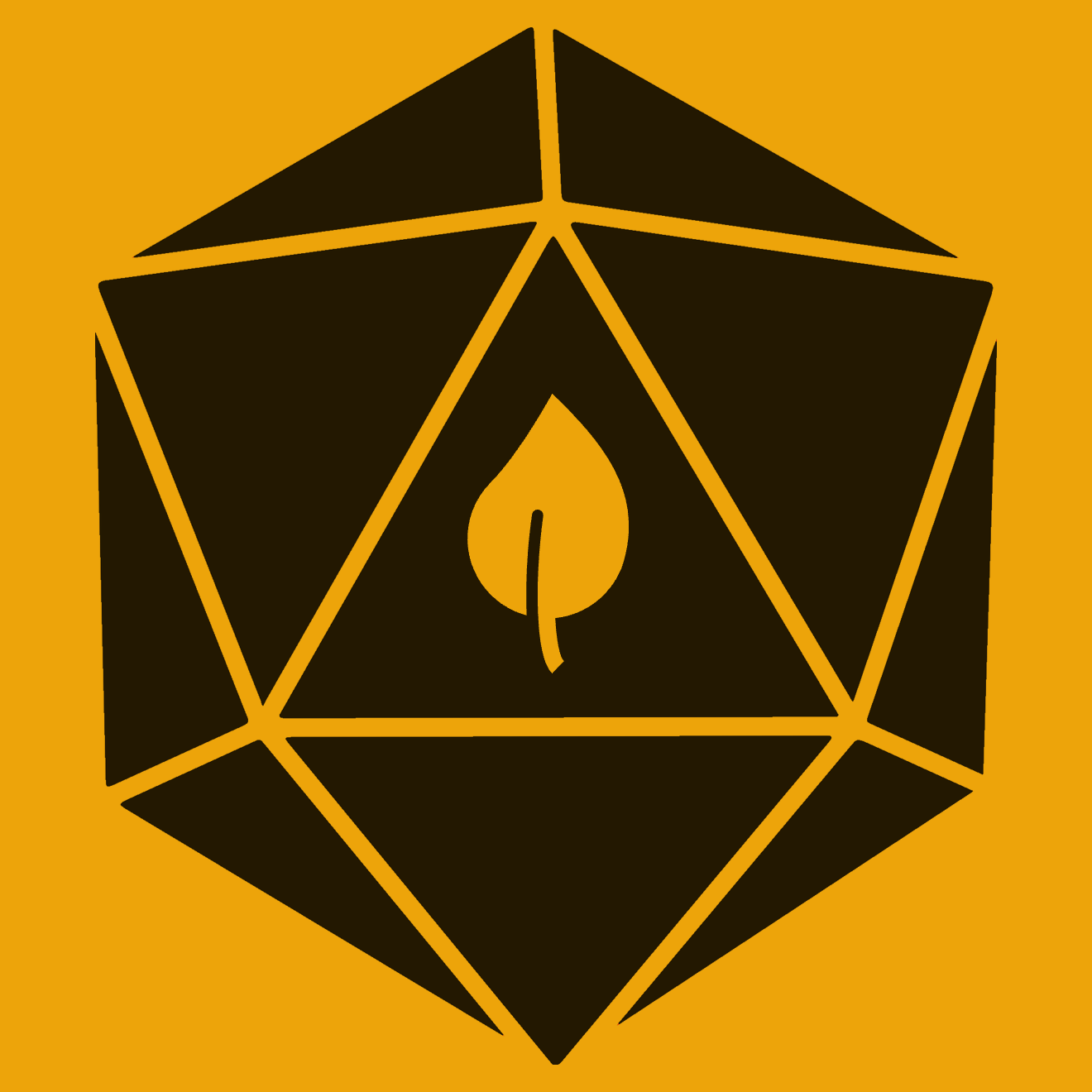
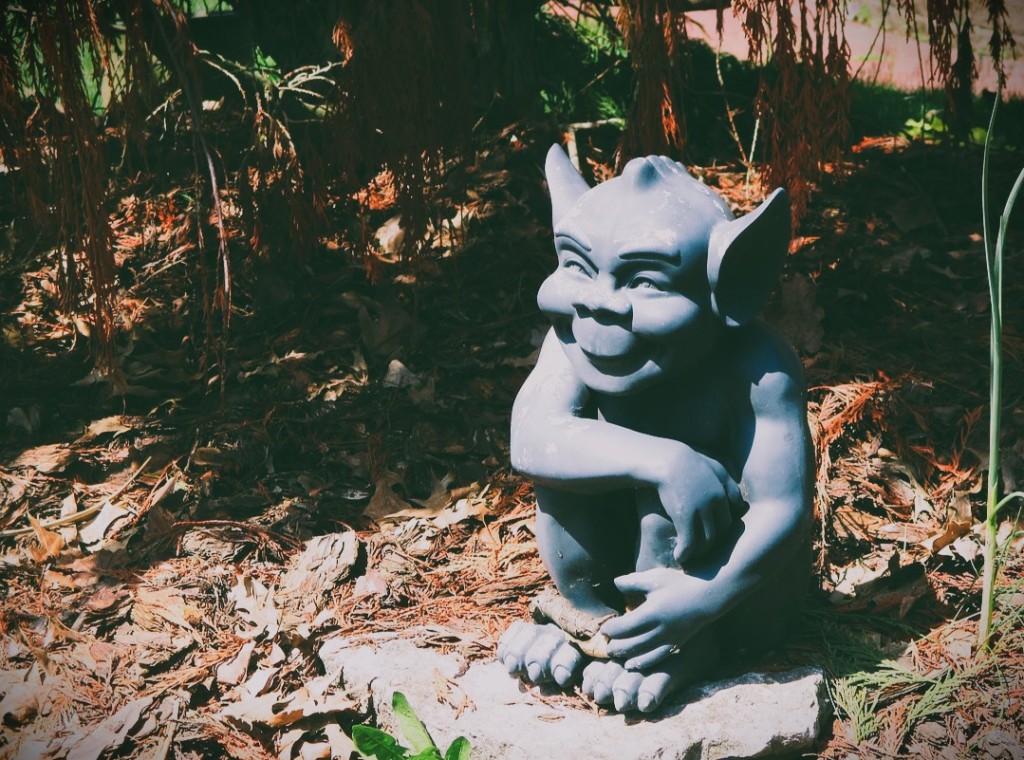
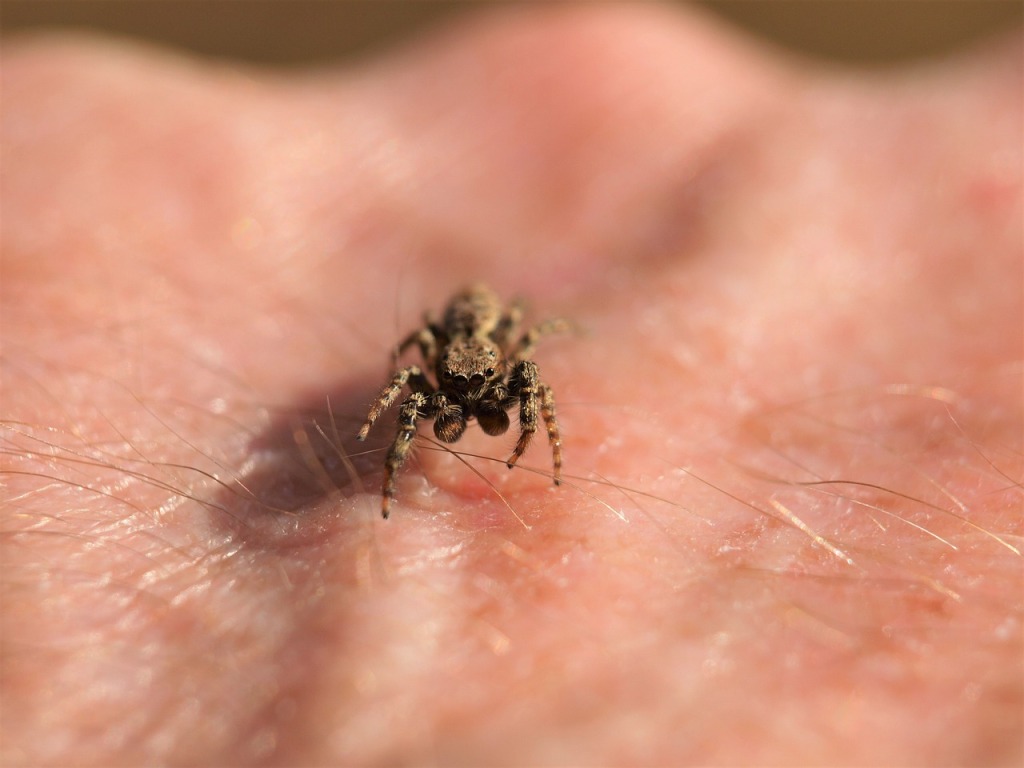

Leave a comment